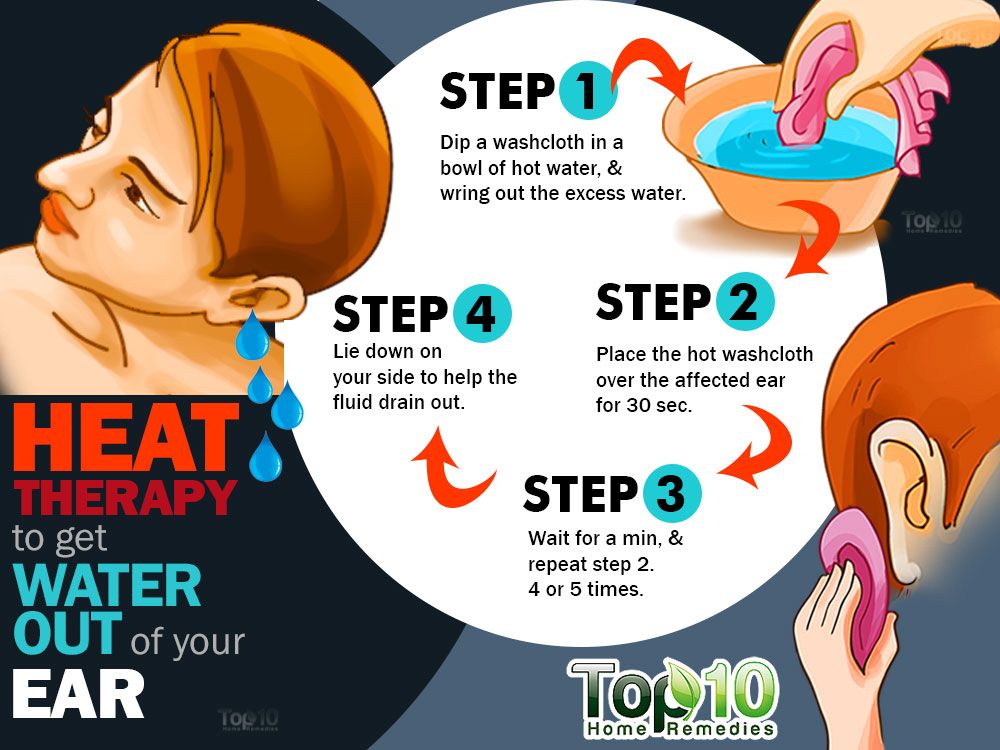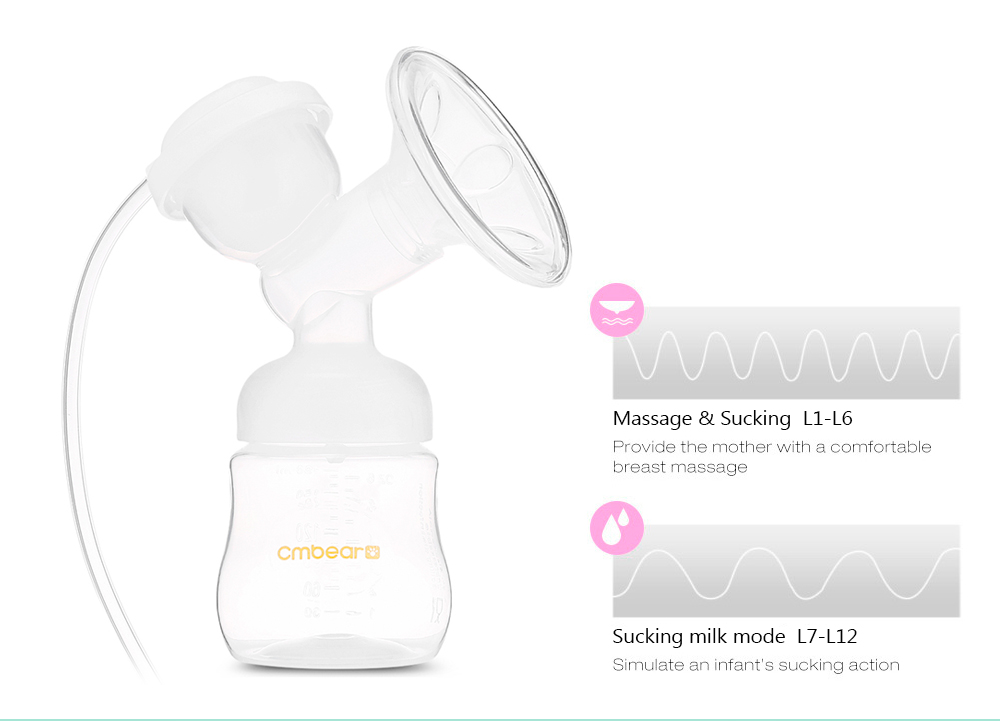Baby not circumcised
The Circumcision Decision | Patient Education
If you give birth to a boy, you will be asked if you'd like him circumcised. This is a matter to be considered carefully before the baby is born, while you have time to think about it and discuss it with your care provider and pediatrician.
At birth, boys have skin that covers the end of the penis, called foreskin. Circumcision is the surgical removal of this foreskin, exposing the tip of the penis. It is usually done in the first few days of life before the baby leaves the hospital. A baby must be stable and healthy to be circumcised.
It Is Your Decision
The American Academy of Pediatrics considers circumcision a choice for parents to make. Some parents choose circumcision for religious or cultural reasons. It is important to consider the pros and cons, how the surgery is performed and the potential complications.
Not all insurance companies pay for the procedure. If you plan to circumcise your son, you should contact your insurance provider for information about coverage.
Medical Reasons Parents Might Choose Circumcision
Research suggests that there may be some medical benefits to circumcision, including:
- A slightly lower risk of urinary tract infection (UTI). A circumcised boy has about one in 1,000 chance of getting a UTI in the first year of life. A baby who is not circumcised has a one in 100 chance of getting a UTI in the first year of life.
- A slightly lower risk of getting sexually transmitted diseases (STDs), including HIV.
- A lower risk of cancer of the penis. However, this is very rare in both circumcised and uncircumcised men.
- Prevention of foreskin infections.
- Prevention of phimosis, a condition in which it is impossible to pull back the foreskin.
Continue reading
Medical Reasons Parents Might Choose Not to Circumcise
- Risks of circumcision surgery, although rare, include bleeding, infection and injury to the penis or urethra.

- The foreskin protects the tip of the penis. When the foreskin is removed, the tip may become irritated and cause the opening of the penis to become too small. This can cause urination problems that may need to be corrected by an operation.
- The foreskin has more nerve endings than the glans, or sensitive tip of the penis, and its removal decreases sensitivity to touch.
- Almost all uncircumcised boys can be taught proper hygiene that can lower the chance of getting infections, cancer of the penis and sexually transmitted diseases.
The Procedure
Circumcision is usually performed before your baby goes home from the hospital. Like all surgery, circumcision is painful. To relieve pain, anesthetic is given to numb the area. About one hour before the procedure, a numbing cream is placed on your baby's penis.
Right before the procedure, the doctor injects a local anesthetic at the base of the penis. The penis and foreskin are cleaned. A clamp is attached to the penis and the foreskin is removed by scalpel.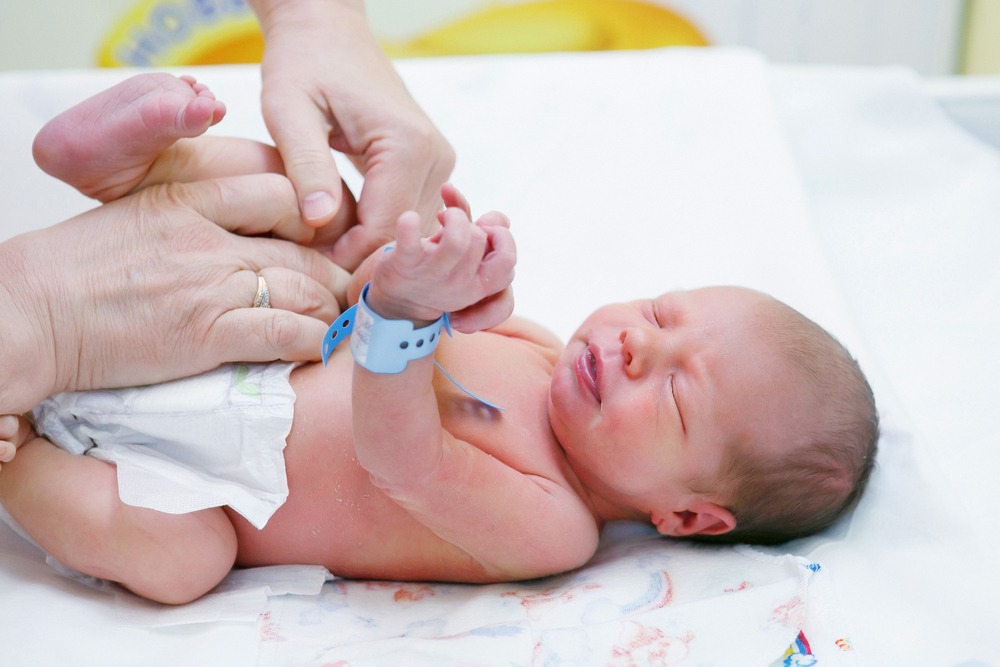 The procedure takes just a few minutes. You can be with your baby during the operation if you choose.
The procedure takes just a few minutes. You can be with your baby during the operation if you choose.
Recovery
A nurse or doctor will give you directions for caring for your baby after circumcision. Clean the penis as you would with any diaper change. Apply the provided ointment to the penis with each change so that the penis does not stick to the diaper. It takes about one week to 10 days for the penis to fully heal. Call your doctor if you notice any signs of infections such as redness, swelling or foul-swelling drainage.
Caring for an Uncircumcised Penis
A nurse or doctor will give you directions for caring for an uncircumcised penis as part of routine baby care. Wash the outside of the penis with soap and water. Do not attempt to pull back the foreskin. By the time your son is about 3 or 4 years old, the foreskin will begin to pull back and your son can be taught to wash the head of the penis and inside the fold of the foreskin. Pull the foreskin back over the head of the penis after washing.
Circumcised vs. Uncircumcised - What is Circumcision?
Related Topics
Circumcision is a procedure where the foreskin (the skin that covers the tip of the penis) is removed. Circumcision isn’t required. But if parents choose this for their baby, the procedure is usually performed on the first or second day after birth in a healthy baby. However, it can be done within 10 days of birth. Circumcision is riskier and more complicated in infants older than 2 months of age, and in older boys and men.
Circumcisions are done by a doctor in a hospital or outpatient office. They also can be done at home by a hired professional as part of a religious or cultural ceremony.
During the procedure, the doctor will numb the area around the penis with a local anesthetic (medicine that numbs only a specific part of the body). This makes the procedure less painful for the baby. The anesthetic may be given as an injection or applied as a cream. The procedure takes about 20 minutes.
Making the decision about circumcision
Circumcision is a personal choice for you and your family. You will need to consider the benefits and risks of circumcision. Factors such as your culture, religion, and personal preferences may affect your decision. Talk with your doctor about the benefits and risks. He or she may be able to help you decide. You may want to make a decision about circumcision before your son is born. That way, you’ll know what to do about it while in the hospital.
The American Academy of Family Physicians (AAFP) recommends that parents talk to their family doctor about the potential benefits and risks of circumcision when making their decision.
The American Academy of Pediatrics (AAP) says the health benefits of circumcision outweigh the risks. However, the AAP does not think the benefits are great enough to recommend that all male newborns should be circumcised.
Path to improved health
If you decide to have your baby circumcised, you’ll need to follow some steps to help the penis heal.
- Gently clean the area with water every day when your baby needs a fresh diaper.
- Use mild soap and water to clean stool off of the penis. This will help prevent infection.
- If there is a bandage on the penis, it will probably fall off the next time your baby urinates. Ask your doctor whether you should leave the bandage off or if you should put a new bandage on each time you change your son’s diaper.
- Sometimes, your baby’s urine and the pressure from his diaper will irritate the newly exposed skin on the tip of the penis. This can be treated by putting petroleum ointment (brand name Vaseline) directly on the area. It will usually get better after a few days.
Healing usually takes about 7 to 10 days. Some swelling of the penis is normal. It’s also normal for a yellow discharge or coating to form over the tip of the penis. Don’t try to take this off. It will go away on its own.
If you decide not to have your son circumcised, you’ll need to take some steps to care for his penis. Keep it clean with soap and water to reduce the risk of problems or infections. When your son gets older, his foreskin will separate from the tip of his penis. This is called retraction. It happens at different times for different boys. Most boys can retract their foreskin by the time they are 5 years of age. Don’t try to force the foreskin to retract before it is ready. This can damage the penis and cause pain and other problems. Once the foreskin is ready to retract, you can teach your son how to gently pull the foreskin back and clean the skin underneath. He should wash beneath his foreskin every day while bathing or showering.
Keep it clean with soap and water to reduce the risk of problems or infections. When your son gets older, his foreskin will separate from the tip of his penis. This is called retraction. It happens at different times for different boys. Most boys can retract their foreskin by the time they are 5 years of age. Don’t try to force the foreskin to retract before it is ready. This can damage the penis and cause pain and other problems. Once the foreskin is ready to retract, you can teach your son how to gently pull the foreskin back and clean the skin underneath. He should wash beneath his foreskin every day while bathing or showering.
Things to consider
Studies have shown some limited health benefits of circumcision.
- It offers some limited benefit in preventing urinary tract infections (UTIs) in infants. Overall, UTIs are not common in circumcised or uncircumcised males.
- Newborn circumcision also offers some benefit in preventing cancer of the penis in adulthood.
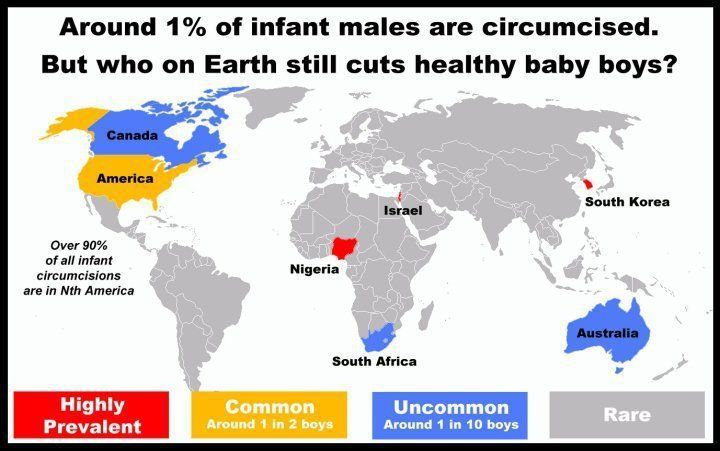 However, this cancer is rare in all men, whether or not they have been circumcised.
However, this cancer is rare in all men, whether or not they have been circumcised. - Circumcision may reduce the risk of certain sexually transmitted infections (STIs). Know that preventing STIs has more to do with a man’s sexual practices (for example, using condoms, limiting the number of sex partners) than with whether or not he is circumcised.
Like any surgical procedure, circumcision does have some risks. However, the rate of problems after circumcision is quite low. Bleeding and infection in the circumcised area are the most common problems. Both of these can be treated by your doctor.
When to call your doctor
After the circumcision, you may notice a small amount of blood on your baby’s diaper. If the bloodstain is larger than the size of a quarter, call your doctor right away. You should also call your doctor if:
- The wound doesn’t stop bleeding.
- Your baby doesn’t have a wet diaper within 6 to 8 hours after the circumcision.
- Redness and swelling around the tip of the penis doesn’t go away after 3 to 5 days, or it gets worse.

- The yellow discharge or coating on the tip of the penis doesn’t go away after 7 days.
- A Plastibell device was used and it doesn’t fall off within 10 to 12 days.
- Your baby has a temperature of 100.4°F or higher.
Questions for your doctor
- What are some reasons I should have my baby circumcised?
- What are some reasons I should not have my baby circumcised?
- Will my baby feel any pain during circumcision?
- Before circumcision, will you apply the anesthetic as an injection or a cream?
- How will I know if my baby’s penis is infected?
- What soap do you recommend for washing the bandaged area?
Resources
National Institutes of Health, MedlinePlus: Circumcision
Copyright © American Academy of Family Physicians
This information provides a general overview and may not apply to everyone. Talk to your family doctor to find out if this information applies to you and to get more information on this subject.
Boy circumcision - answers to important questions
Many parents are interested in the topic of child circumcision. Some are sure of its necessity, others doubt its usefulness.
What is circumcision, why and at what age is it done for boys, how is it carried out and what is the care of the child after the procedure?
Circumcision, or circumcisio - surgical excision of the foreskin of the male penis. The operation can be performed on men at any age.
WHY DO CIRCUMCISO
Perform circumcision for medical or religious reasons.
Medical indications:
-
Phimosis. With phimosis, the opening of the foreskin is narrowed, which makes it impossible to expose the glans penis. Symptoms of phimosis are swelling of the foreskin during urination, a weak stream and urinary retention, a tendency to inflammation and infections.
-
Balanitis.
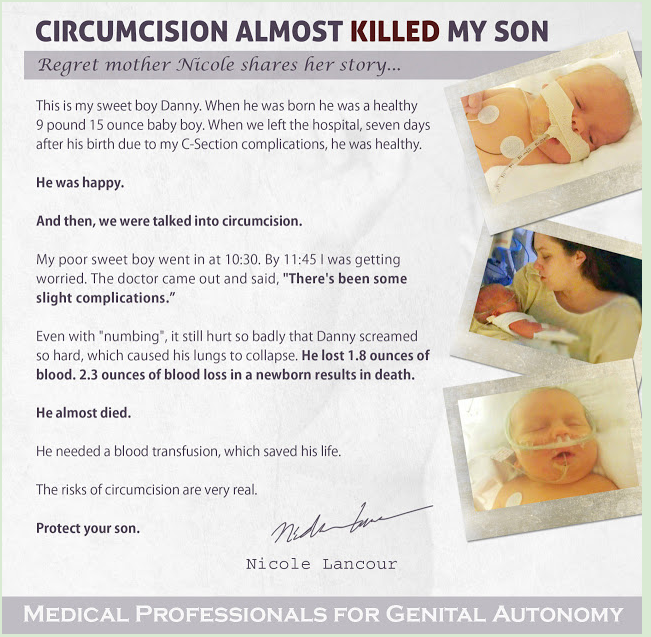 In young boys, balanitis is often observed - inflammation of the glans penis and foreskin (balanoposthitis). The disease is characterized by redness and swelling of the foreskin, pain during urination, purulent discharge. A doctor may recommend circumcision if the condition recurs frequently.
In young boys, balanitis is often observed - inflammation of the glans penis and foreskin (balanoposthitis). The disease is characterized by redness and swelling of the foreskin, pain during urination, purulent discharge. A doctor may recommend circumcision if the condition recurs frequently.
HOW CIRCUMMION IS MADE
-
The child is first anesthetized. Usually circumcision is performed under general anesthesia and local anesthesia is additionally used.
-
The surgeon then removes the foreskin around the glans penis with a scalpel. In this case, a special clip is used to protect the head of the penis from accidental damage.
-
Stop bleeding by suturing with absorbable sutures.
-
Bandaging.
The whole procedure takes no more than 15-20 minutes.
HOW TO PREPARE FOR CIRCUCIATION
As with any operation, circumcision is performed after examination and elimination of contraindications.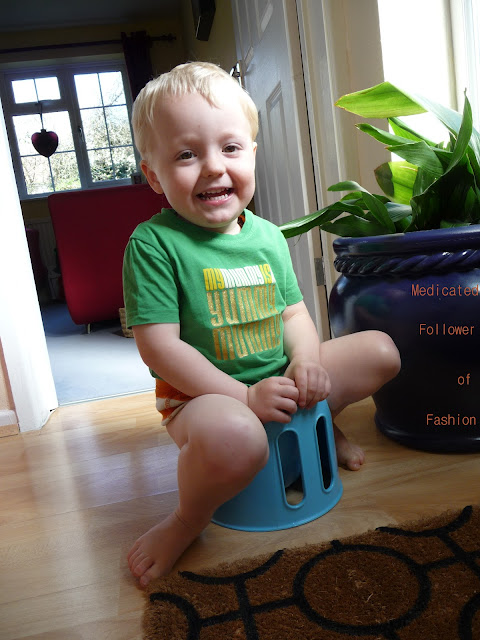 For example, a child should not be circumcised if he was born prematurely or has malaise, problems with blood clotting.
For example, a child should not be circumcised if he was born prematurely or has malaise, problems with blood clotting.
HOW TO CARE FOR A CHILD AFTER A CIRCUCIUM
On the first day after surgery, the patient may experience some pain, restless sleep is possible. In this case, the doctor may prescribe pain medication for the child.
Swelling in the area of the operation and slight bleeding after circumcision is normal. The swelling will completely disappear in 7-10 days, but the general well-being of a small patient will improve after 3-4 days.
During this time, you need to see a doctor. After removing the bandage, you need to be especially careful about hygiene.
WHO DOES THE CIRCUMISSION
In the EMC, the circumcision is performed by a pediatric surgeon or pediatric urologist.
WHAT ARE THE RISKS IN CIRCUCIATION
Complications after surgery, subject to the high professionalism of the doctor, are minimized, but not excluded.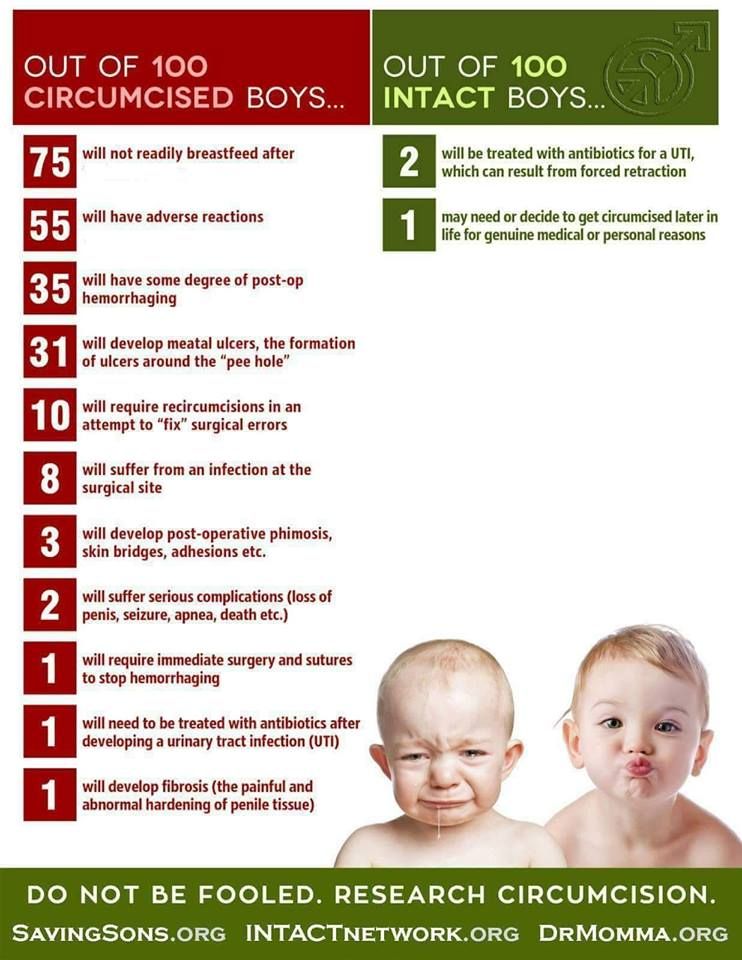
Approximately 2 out of 100 children may experience minor bleeding after surgery. This problem is short term. You should immediately consult a doctor if the wound does not heal for a long time or the child has a fever.
SHOULD A CHILD 9 BE CIRCUMIDED?0015
Physicians' views on circumcision vary. Some consider circumcision as an important measure in the prevention of diseases and recommend it. Others see it as devoid of scientific justification and offer to perform only if it is due to religion.
Circumcision benefits:
-
procedure reduces the risk of narrowing of the foreskin - phimosis;
-
after the procedure, the hygiene of the penis is greatly simplified;
-
A number of studies have shown that cancer of the foreskin and penis is more common in those who have not been circumcised.
In the case of a positive decision, the operation should only be performed by an experienced professional surgeon in a reliable, well-established clinic. EMC has all the conditions for safe circumcision even for the smallest patients.
EMC has all the conditions for safe circumcision even for the smallest patients.
WHY EMC
-
Provision of medical services in accordance with international standards.
-
A professional team of urologists and surgeons with more than 20 years of experience in this field.
-
The opportunity to undergo a comprehensive preoperative examination in one visit to the clinic.
-
Rapid postoperative recovery. Hospital stays are kept to a minimum.
-
Care of medical personnel 24/7. Our doctors are always in touch with you even after discharge
CIRCUITION OF THE FORESUS. WHAT SHOULD YOU KNOW ABOUT THIS MAN?
Circumcision is perhaps one of the most delicate and controversial topics in male urology. The decision whether or not to circumcise a boy's foreskin depends not only on religious considerations and individual preferences of the patient himself, but sometimes also on medical indications. What you need to know before you decide to be circumcised, Medical Journal DNA Health tells a pediatrician - urologist-andrologist, head of the department of pediatric urology-andrology of the G. N. Speransky Children's Clinical Hospital, laureate of the National Prize "Vocation", Candidate of Medical Sciences Oleg Vasilyevich Staroverov.
What you need to know before you decide to be circumcised, Medical Journal DNA Health tells a pediatrician - urologist-andrologist, head of the department of pediatric urology-andrology of the G. N. Speransky Children's Clinical Hospital, laureate of the National Prize "Vocation", Candidate of Medical Sciences Oleg Vasilyevich Staroverov.
- Oleg Vasilyevich, what is circumcision? Who usually resorts to this operation?
— Circumcision is a surgical procedure to circumcise the foreskin. This sonorous name itself comes from the Latin word and denotes one of the oldest operations that has been carried out by mankind since ancient times. Circumcision of the foreskin today is performed for two main indications. In the first case, this is done for purely religious reasons. Circumcision is performed by people professing Judaism and Islam. For the Jews, the need to perform such an act is clearly indicated in the Bible, therefore, on the eighth day after birth, the boy is supposed to perform a circumcision. There is no clear indication of this in Islam (for example, there is not a word about it in the Koran), but in Islamic countries it is an ancient tradition to circumcise boys (usually at an early age).
There is no clear indication of this in Islam (for example, there is not a word about it in the Koran), but in Islamic countries it is an ancient tradition to circumcise boys (usually at an early age).
The second case already refers to medical indications: in case of certain diseases and pathologies of the foreskin, this has to be done in order to maintain health.
— For which diseases is it necessary to sacrifice the foreskin?
DNA health reference
Phimosis (ancient Greek φῑμός - muzzle) - the impossibility of exposing the glans penis. In boys under 7 years of age, phimosis may be a variant of the norm. However, at an older age, phimosis requires the help of a specialist.
— First of all, this is cicatricial phimosis, in which the foreskin is reborn, due to which the glans penis does not open, and the foreskin itself undergoes some external changes. It is impossible to cure this pathology by conservative methods; it is necessary to circumcise the foreskin.
Another indication for circumcision is common phimosis, which is the narrowing of the foreskin. Phimosis is physiological. With him, in fact, most often boys are born: in babies up to a certain age, the head of the foreskin is not yet able to open, and only with time does the maturation of the structures of this area occur, after which the head begins to open. Say, by the age of four, in 60-80% of boys, this process is already happening on its own. Therefore, such a physiological process does not require any intervention, and even vice versa: rough attempts to open the foreskin and bring the glans penis outward can lead to the formation of a cicatricial process. In this case, the operation already becomes inevitable. By the way, this can happen not only because of gross manipulations with the foreskin, but also when, as a result of repeated inflammation of the foreskin, the child develops the so-called balanitis, which then leads to the formation of a scar. As a result, surgeons also have to excise the foreskin.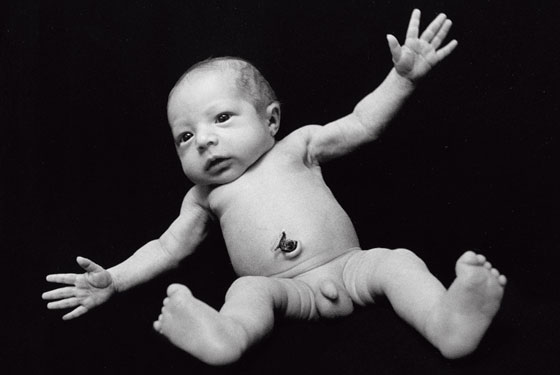
— Why is the incomplete opening of the glans penis dangerous?
- First of all, because hygiene suffers as a result: a secret accumulates under the head, and bacteria can get there. As a result, inflammation of the glans penis and foreskin occurs, which is called balanoposthitis, or balanitis. The inflammatory process requires mandatory treatment. Sometimes conservative therapy is enough, and sometimes you can not do without surgical intervention by circumcision of the foreskin.
— Is it possible to prevent the development of phimosis? What needs to be done for this?
— First of all, parents should remember that one should not rudely interfere with the intimate physiology of a child at an early age, one should not forcibly try to open the head of the penis. These processes should flow naturally. And the second point concerns hygiene. From the first days of life, a boy needs to be washed daily, he needs to change diapers on time and try to carefully monitor that his intimate area is not infected.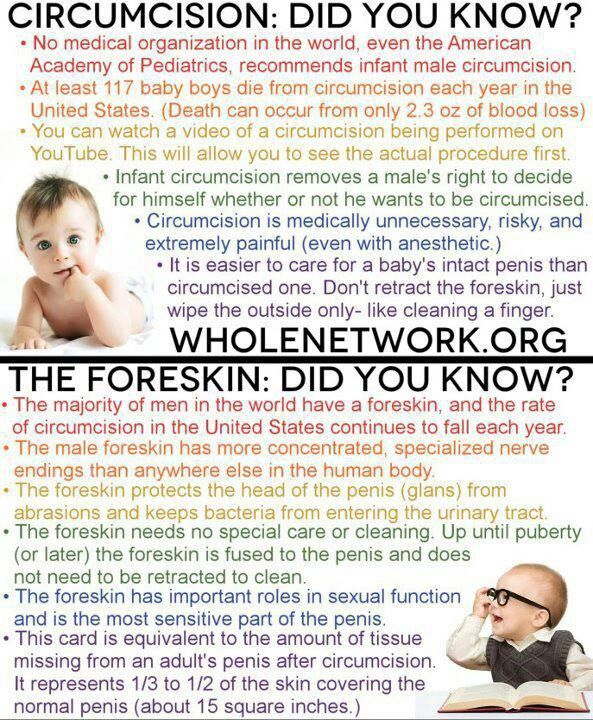
— In what situations can phimosis be treated with conservative methods, and when is surgery necessary?
— If the patient has cicatricial phimosis, i.e. his foreskin has cicatricial changes, then it will not be possible to avoid the operation. In this case, conservative measures almost never help. But you should not be afraid of such an intervention, since this is a fairly simple operation. As a rule, after it the patient is completely cured.
But physiological phimosis does not always require surgical intervention. For example, there is often a relative narrowing of the foreskin. This is most often seen in teenagers. With such a moderate narrowing, the glans penis in a calm state may well be brought out, but during an erection, when the penis increases in size, the internal opening of the foreskin may not be enough for the glans penis, which can lead to its infringement. The foreskin forms a kind of noose that squeezes the young man's penis, which leads to pain during an erection. There are two ways to solve the problem, depending on the desire of the patient himself or his parents: we can either perform circumcision (circumcision) or plastic surgery of the foreskin. Plastic surgery is also an operative method of treatment. The method consists in the surgical increase in the inner diameter of the foreskin. Outwardly, it remains absolutely normal, unchanged, just after the operation it no longer interferes with the calm removal of the glans penis. Which of these two methods to prefer, as a rule, is decided by the parents and the child himself, if he is already old enough to make such decisions. With certain religious preferences, people are more likely to choose circumcision. If there is a desire that externally the sexual organ looks the way nature intended, then we perform plastic surgery of the foreskin.
There are two ways to solve the problem, depending on the desire of the patient himself or his parents: we can either perform circumcision (circumcision) or plastic surgery of the foreskin. Plastic surgery is also an operative method of treatment. The method consists in the surgical increase in the inner diameter of the foreskin. Outwardly, it remains absolutely normal, unchanged, just after the operation it no longer interferes with the calm removal of the glans penis. Which of these two methods to prefer, as a rule, is decided by the parents and the child himself, if he is already old enough to make such decisions. With certain religious preferences, people are more likely to choose circumcision. If there is a desire that externally the sexual organ looks the way nature intended, then we perform plastic surgery of the foreskin.
— What can happen if phimosis is not treated in time?
— A complication of phimosis or poor hygiene of the penis is inflammation of the foreskin and glans penis, or balanoposthitis. This is a fairly common disease in boys. It is treated conservatively, if there are no cicatricial changes. Various antibacterial ointments are used, sometimes baths with various antibacterial or emollients. For the prevention of urethritis, uroseptics are sometimes prescribed.
This is a fairly common disease in boys. It is treated conservatively, if there are no cicatricial changes. Various antibacterial ointments are used, sometimes baths with various antibacterial or emollients. For the prevention of urethritis, uroseptics are sometimes prescribed.
DNA health help
Uroseptics are drugs that suppress infection in the bladder, kidneys, ureters, and renal pelvis. By origin, they are vegetable (natural) and chemical. Perhaps the most famous herbal uroseptics are lingonberries and bearberries.
If the cause of balanitis is cicatricial phimosis, then after the inflammatory process subsides, as a rule, circumcision of the foreskin is performed. In order to avoid complications, this operation is best done in a planned manner. Rarely, when it is required to resort to urgent surgical treatment in the acute period against the background of the inflammatory process. It is better to stop the inflammation first, and only then plan the circumcision.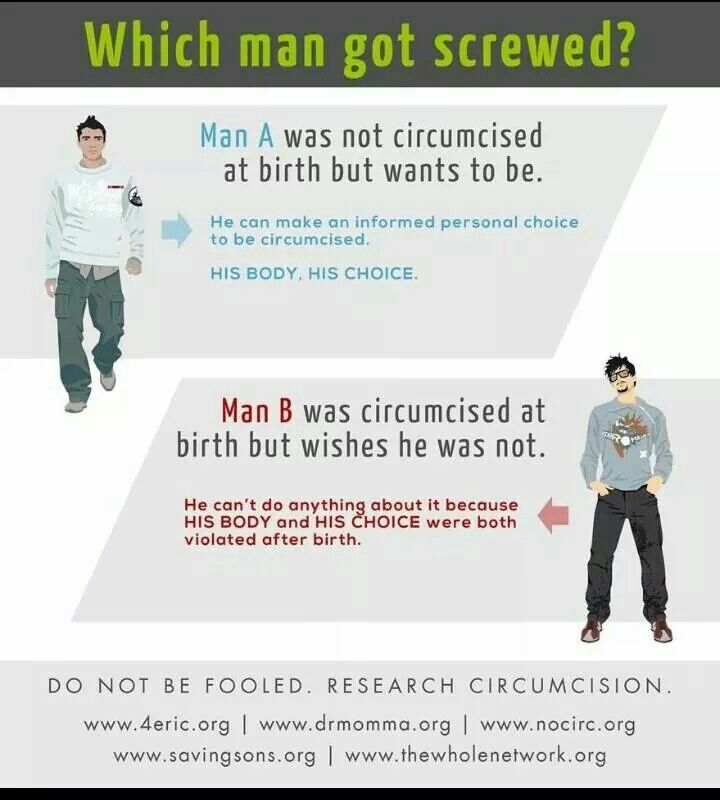
— What is the best way to perform a circumcision? Does the use of a laser or other modern methods increase the effectiveness of treatment?
— There are quite a few techniques for performing circumcision of the foreskin. As I said, this is one of the oldest operations, and perhaps even the very first, that mankind began to carry out.
In the Jewish community, for example, even today there are even special so-called "cutters" who deal exclusively with this procedure. They do it pretty well. Muslims do not have such specially trained people. In this environment, much depends on the well-being of people and their traditions. Muslims can perform circumcision of boys both in the hospital and in facilities that are sometimes specially designated for circumcision. Among the poorest segments of the population, sometimes the father himself takes upon himself the obligation to circumcise his son if he does not have the opportunity to seek medical help.
The operation is inherently simple, especially when the tools are in expert hands.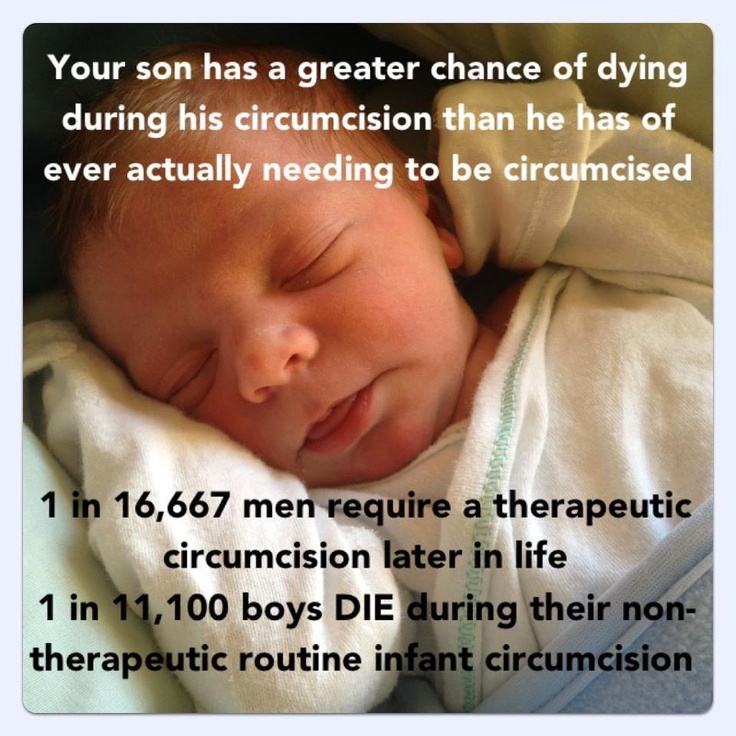 How exactly to intervene is of fundamental importance. It can be a laser, a radio wave knife or an ordinary scalpel. The choice of instrumentation practically does not affect the final result of the operation.
How exactly to intervene is of fundamental importance. It can be a laser, a radio wave knife or an ordinary scalpel. The choice of instrumentation practically does not affect the final result of the operation.
— Still, some complications can arise? Why is this happening?
- Complications after circumcision can be, as after any operation. But they are rare, especially if the intervention is performed in a hospital setting by an experienced surgeon or urologist. In this case, we can say that the risk of negative consequences is practically close to zero.
Nevertheless, we often encounter complications as a result of home circumcisions. Unfortunately, sometimes this intervention is carried out at home in inappropriate conditions by people without appropriate qualifications.
Despite the simplicity of the operation, very serious complications can occur in these circumstances, for example, when the blood bodies of the penis are cut off along with the foreskin, which causes massive, life-threatening bleeding.



